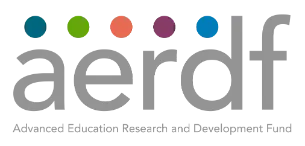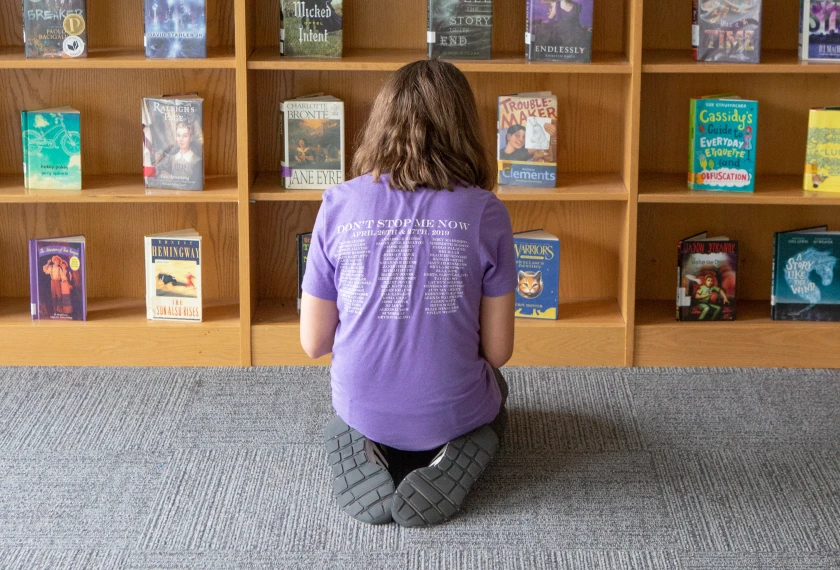“We think about 40 to 50 percent of middle and high school students in America cannot perform this skill at the rate they need in order to be able to access reading comprehension,” said Kockler.
In this Education Week article, Rebecca Kockler, executive director of AERDF’s Reading Reimagined, draws the connection between students with insufficient decoding skills and poor reading comprehension, a problem she says researchers are discovering is much broader than previously thought.
She points to a landmark 2019 study that analyzed more than 30,000 students in 5th through 10th grade and found that those who scored below the ‘“decoding threshold”—meaning they were unable to decode grade-level text automatically, with accuracy and efficiency—made no significant growth in their reading comprehension ability over the next three years.
The first step to helping older students who are struggling to read is to diagnose the problem correctly, says Kockler, who recommends using an assessment specifically validated for older students, such as the Stanford University free tool Rapid Online Assessment of Reading (ROAR) developed by Dr. Jason Yeatman and his team.




